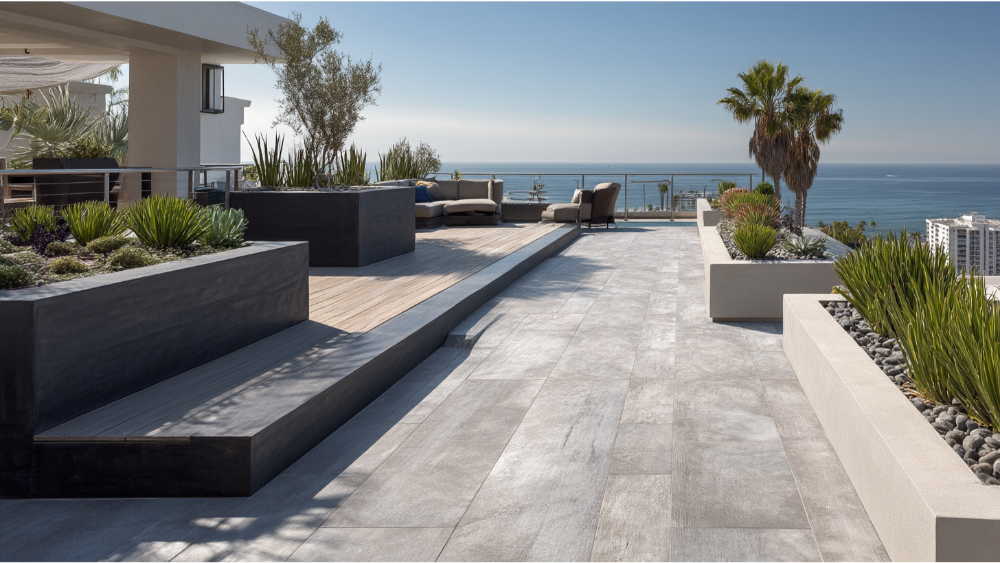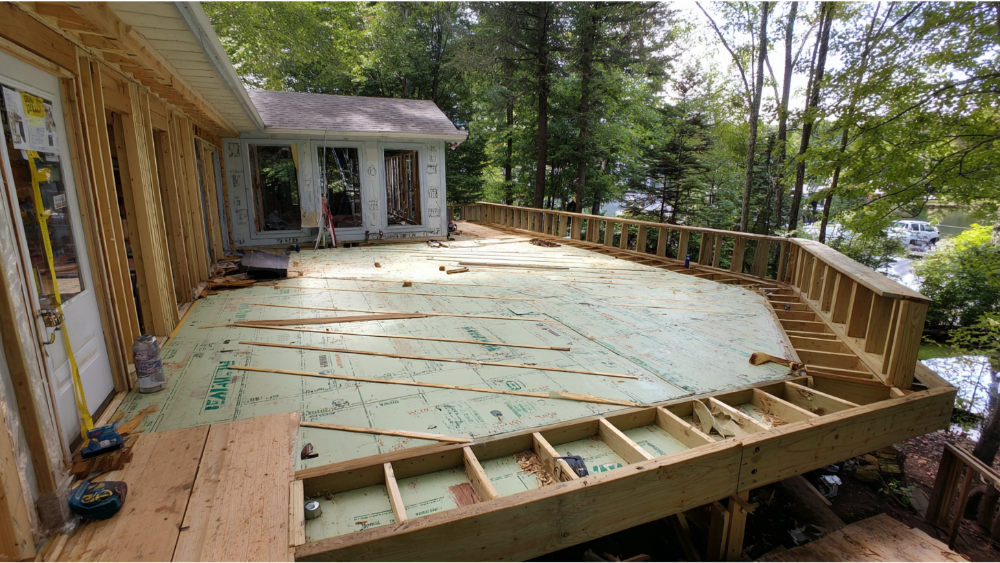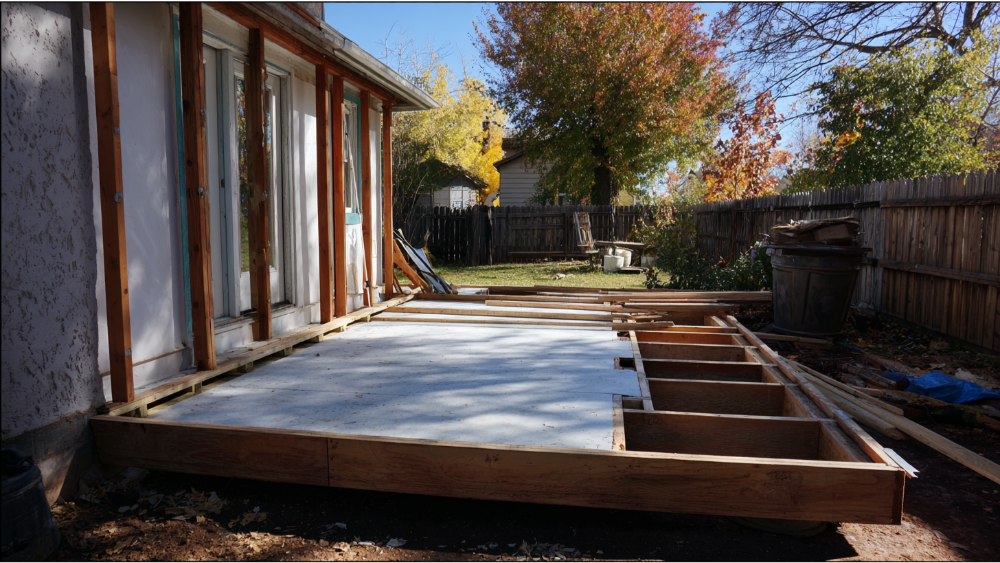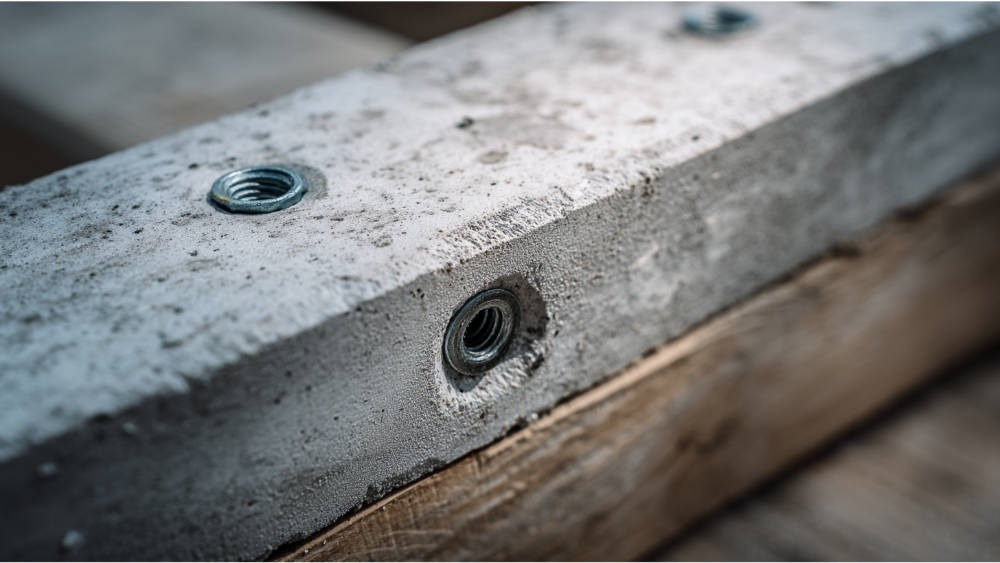Can Vinyl Siding Be Pain...
- Mon to Fri: 09:00 am to 07:00 pm

When designing or renovating a deck, one of the most important decisions many homeowners face is choosing the right underlayment. California’s changing climate, from the heat of Rocklin summers to the wet season in the Bay Area, demands materials that are durable, moisture-resistant, and long-lasting. One option often considered is fiber cement. But can you use fiber cement under a deck floor? The answer is yes, with the right preparation and materials.
In this in-depth guide, we’ll explore how and why to use fibre cement boards or cement board beneath your deck floor, compare it to other materials, outline the proper installation process, and help you determine if it’s the right solution for your home. small area, replace, gravel, stick, double, picture

Fiber cement is a composite material made from cement, sand, and cellulose fibers. It is commonly formed into cement boards or fibre cement boards used in both residential and commercial construction.
Because it does not rot, warp, or attract termites, fiber cement has become a common choice for high traffic areas, wet environments, and exterior applications like siding and decking.
For decks that will be finished with ceramic tile or natural stone, fibre cement offers a strong base with low maintenance cost over the long run.

Yes, you can use fiber cement under floor on deck, but it must be installed correctly and used in the right circumstances. If you’re working with a wood-framed deck that will be covered with tile, a concrete board like cement backer board or tile backer board can create a flat, stable surface ready for tiling.
However, cement board is not structural. You cannot use it alone to support the floor—it must be installed over plywood or a solid subfloor and correctly fastened with screws.
Using cement board or fibre cement under your deck floor makes the most sense when:
In these scenarios, cement backer board provides a solid surface that will not swell like wood or degrade like timber.
Unlike wood or plywood, cement board is water-resistant. This makes it ideal for decks in wet areas, where moisture can cause rot or damage.
Though not a replacement for structural flooring, cement board adds strength and stability under tile and is particularly helpful in high traffic areas.
Because of its rigidity and flat surface, cement backer board is perfect for supporting ceramic tile, natural stone, and other floor coverings that require a solid, non-flexing base.
Unlike wood, fibre cement does not attract termites or other insects. This adds another layer of long-term protection to your deck and house.
Fiber cement can withstand extreme heat, making it a safer choice for decks with outdoor kitchens or fire features.
Many cement board products are considered eco friendly due to their durability and minimal maintenance needs, reducing replacement waste over time.

Installing backer board under a deck floor involves several steps. Here’s a breakdown of the correct installation process to maximize durability and performance.
Begin by preparing your deck frame and confirming it meets local building codes. Ensure the subfloor or plywood is level, well-supported, and properly fastened.
Cement board must be installed over a solid surface, usually ¾” exterior-grade plywood.
Spread a layer of thin set mortar over the subfloor using a notched trowel. This ensures full contact between the backer board and the surface below.
Lay the cement board or tile backer board over the mortar. Stagger joints and leave a ⅛” gap between boards.
Use mesh tape over all seams. Cover the tape with more thin set mortar and let it cure according to the manufacturer’s directions.
Once the backer board is installed and seams are sealed, you’re ready to install tile, natural stone, or other materials on top.

| Material | Moisture Resistance | Weight | Installation Cost | Best Use Case |
|---|---|---|---|---|
| Fiber Cement Board | Excellent | Heavy | Moderate | Tile over decks |
| Plywood | Fair | Light | Low | Dry areas |
| Concrete Slab | Excellent | Very Heavy | High | Ground-level patios |
| Vinyl Membrane | Excellent | Light | Moderate | Waterproof decks |
| Cement Board | Excellent | Heavy | Moderate | Exterior tile flooring |
While cement board is more expensive than plywood, it pays off in the long run due to its durability and resistance to rot and moisture.
If you’re unsure about building codes, load-bearing calculations, or proper installation, it’s always best to hire a licensed contractor. Professional installers like our team at Pro Superior Construction will ensure:
Here are a few signs that cement backer board may be the right choice:
From Sacramento to San Jose, many homeowners are choosing fiber cement as a trusted, long-term solution for deck flooring.
No. Cement board is not structural. It must be installed over a plywood or concrete slab base.
Cement board is water-resistant but not completely waterproof. Use sealants and proper installation techniques to prevent issues in wet areas.
Yes, but it must be properly fastened and sealed with thin set mortar and mesh tape.
These terms are often used interchangeably, though cement board is usually reinforced with fibers while concrete board may not be.
Yes. We specialize in durable exterior finishes, including fibre cement boards, cement board underlayment, siding, and complete deck solutions.
Based in Rocklin, CA, Pro Superior Construction proudly serves the Sacramento Valley and Bay Area with a commitment to:
Whether you’re rebuilding your deck or adding a new tile floor, we help you choose the right materials and install them with expert care.
So, can you use fiber cement under floor on deck projects? Absolutely. With the proper installation over plywood or a concrete slab, cement board creates a resilient, long-lasting base for tile, natural stone, and more.
If you want to protect your investment, reduce long-term maintenance cost, and improve the look and feel of your outdoor space, consider using fibre cement or cement backer board as part of your deck flooring system.
Ready to upgrade your deck? Contact Pro Superior Construction today for a free estimate and expert guidance tailored to your California home.